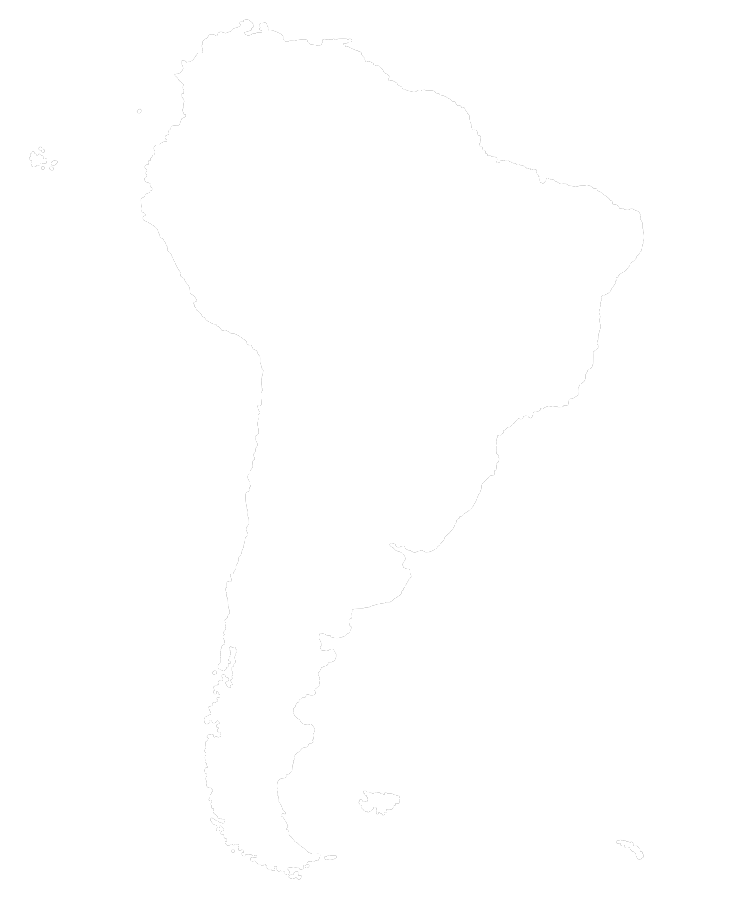Related Articles
Peru
28 February 2019

Female genital cutting (FGC) in South America is thought to be contained to small tribal populations, and to diaspora communities. There are no national prevalence statistics measured within the region. The practice has been noted among the Embera tribe in Colombia and the Conibos tribe in Peru.
Progress and challenges
FGC within Colombia’s Embera tribe came to the world’s attention in 2007, with the death of a 15-day old baby girl after she had been cut. This led to a high profile legal case and the creation of the Embera Wera (Embera Women) movement, which supported community-led change to end FGC. Colombian authorities and the United Nations Population Fund worked with the Embera tribe to support community-driven research and efforts to abandon the practice. Between 2010 and 2012, the Embera tribe and its leaders made public commitments to stop FGC.
While FGC abandonment within the Embera community is a success story, lack of research and data on the practice in South America is still a challenge to progress.
The scale of FGC among diaspora, refugee and migrant communities in the region is also unknown.
Find out more via our country profiles.Stay up-to-date with stories of change, news and research about ending female genital cutting by signing up to our newsletter.
If you have any questions, please get in touch.
4.3 million girls around the world are currently at risk of being cut every year.
Your donation will help us accelerate an end to female genital mutilation/cutting (FGM/C) around the world.
